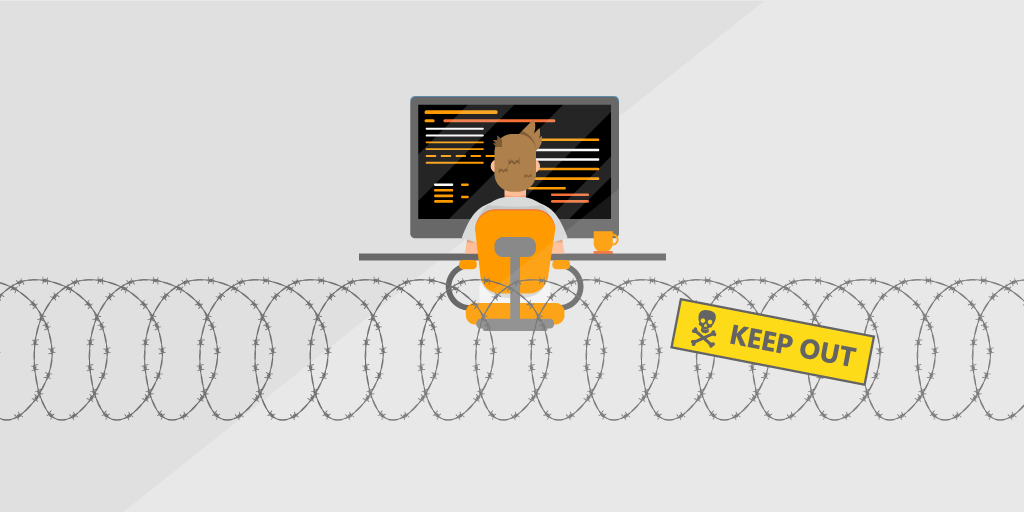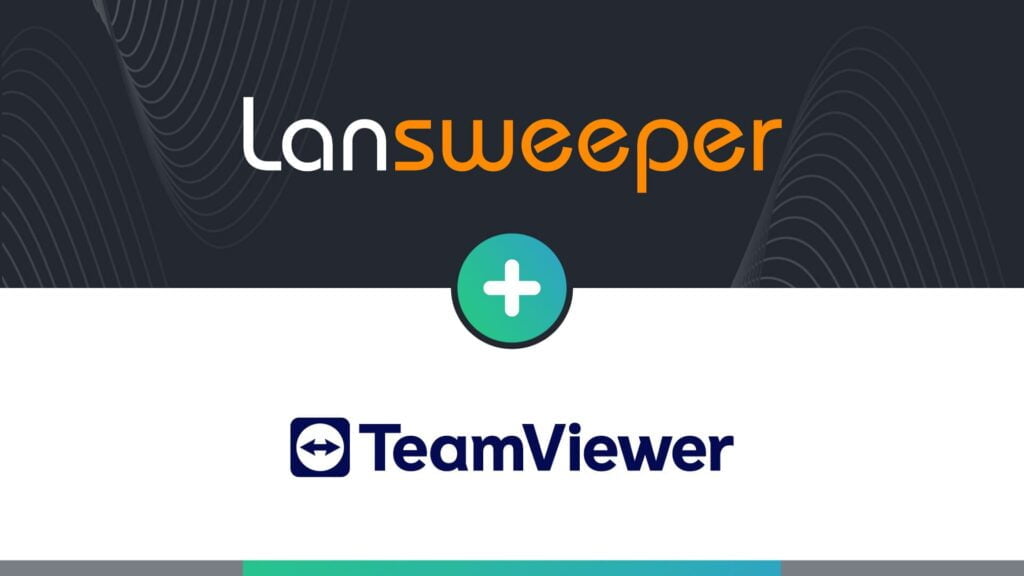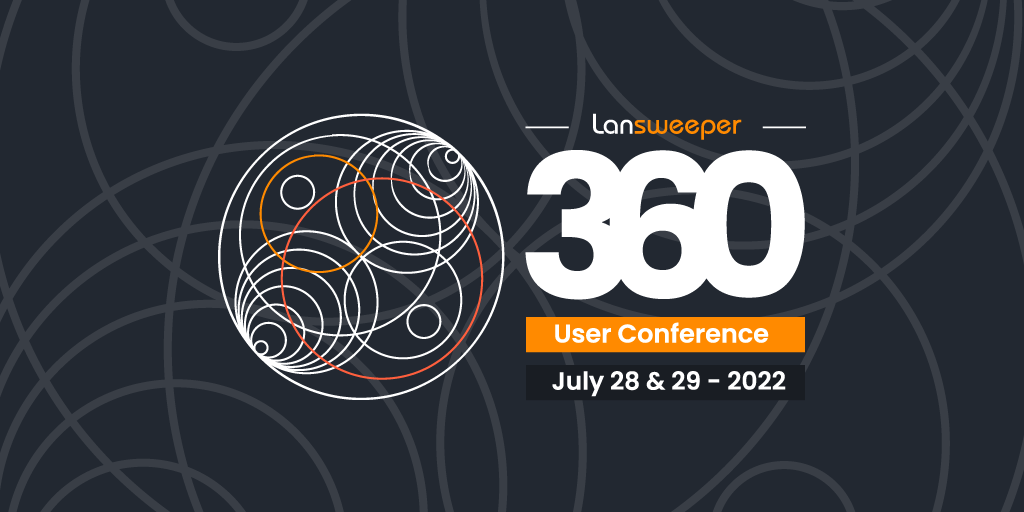Knock-Knock. People who somehow figure out exactly when you are at your most productive moment and they intercept it by showing up at your desk. Sounds familiar? They want to see if you got the email they sent earlier or if you can help them later on. Here are five ways to halt the “end-user intruder”.
1. Use a Ticketing System
How many times have you chatted with an end-user about something that could have been addressed with a short message? If you work in a field that services the requests of other people, you need to have a dedicated system, process, or procedure to receive and track those requests. This is your top priority.
The Lansweeper
Help Desk & Ticketing solution can help companies resolve tech issues faster and allow IT departments to work more efficiently. Users can
open a new ticket directly through the self-service web console, via email or tickets can be generated through an API.
The seamless link between asset management and ticketing is a dream come true for any support team. IT techs can get immediate access to detailed & up-to-date information on case-related assets.
2. Have a Clear Policy in Place
Rule number one: No ticket, no problem. Eventually, it will become a habit. If they do show up at your desk without a ticket, make them submit one while they’re there and politely remind them that it helps to make sure their issue is dealt with as quickly as possible.
Let them know you or someone else will contact them back to work on their issue, as many desk intruders try to bypass SLA because they know you and where you sit. Expand rule number one and have a clear policy documented that explains the support process.
3. Communicate Effectively
The worst calls to the IT help desk are calls that could have easily been prevented if the organization had communicated better. If lack of knowledge of an issue can cause a loss in data, sales, or productivity and informing your users would mitigate those risks, you should notify them.
You should have various communication methods in place to ensure that (affected) end users can be advised as quickly as possible that there’s an issue, or simply informative. You could run down the hallways yelling
“Switch to manual and paper backups” as well, it’s your call.
4. Empower Your Users
There are certain simple queries that don’t necessarily require the direct assistance of an IT tech. You need to start by empowering your users to be more self-sufficient. That may come in various forms including a ticketing system and the benefits it withholds, a knowledge base, tip sheets, etc.
By providing a
self-service knowledge base to end users, you can encourage your them to search the available information to resolve their own IT queries.
If they’re bypassing the KB altogether, raise awareness about the benefits of using the knowledge base. Show them how it’s simpler to find a solution article, fix the issue themselves and move on with their day than it is to raise a ticket and wait for a resolution.
5. Drastic Measures
You’ve implemented all of the above and, despite a positive trend, there are always people that will never learn. What’s next?
You could always keep your office door closed, install landmines or move to a different building two blocks away. Being in an area that non-IT employees can’t access with their badges is a great option as well!
Join 145,000 IT Pros
Receive the latest Vulnerability Updates, Patch Tuesday Audits, Network Reports, and more.



